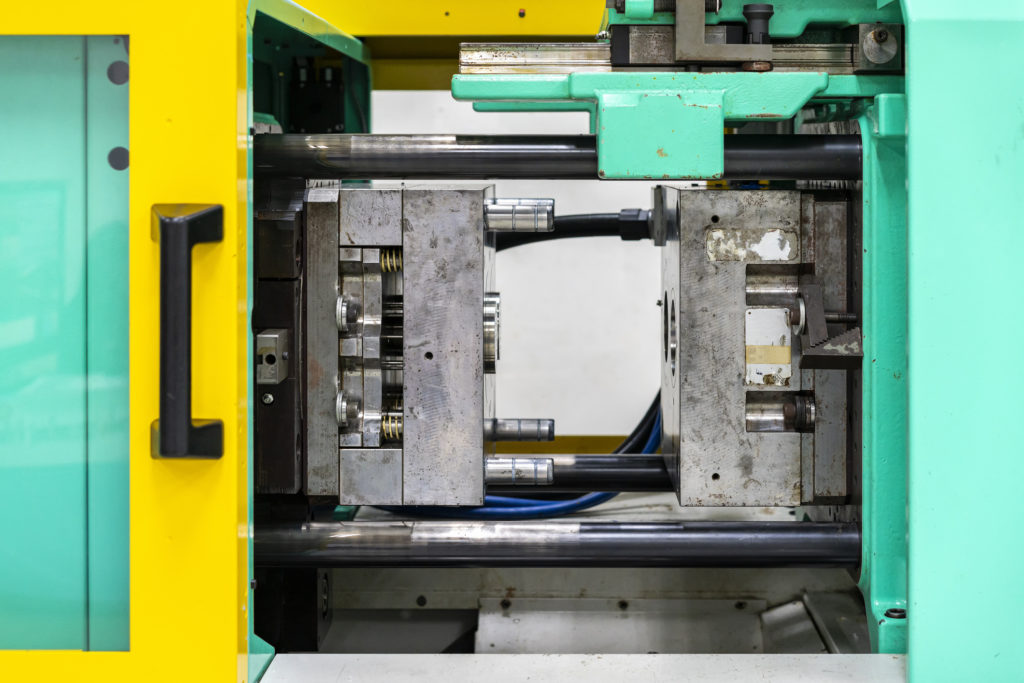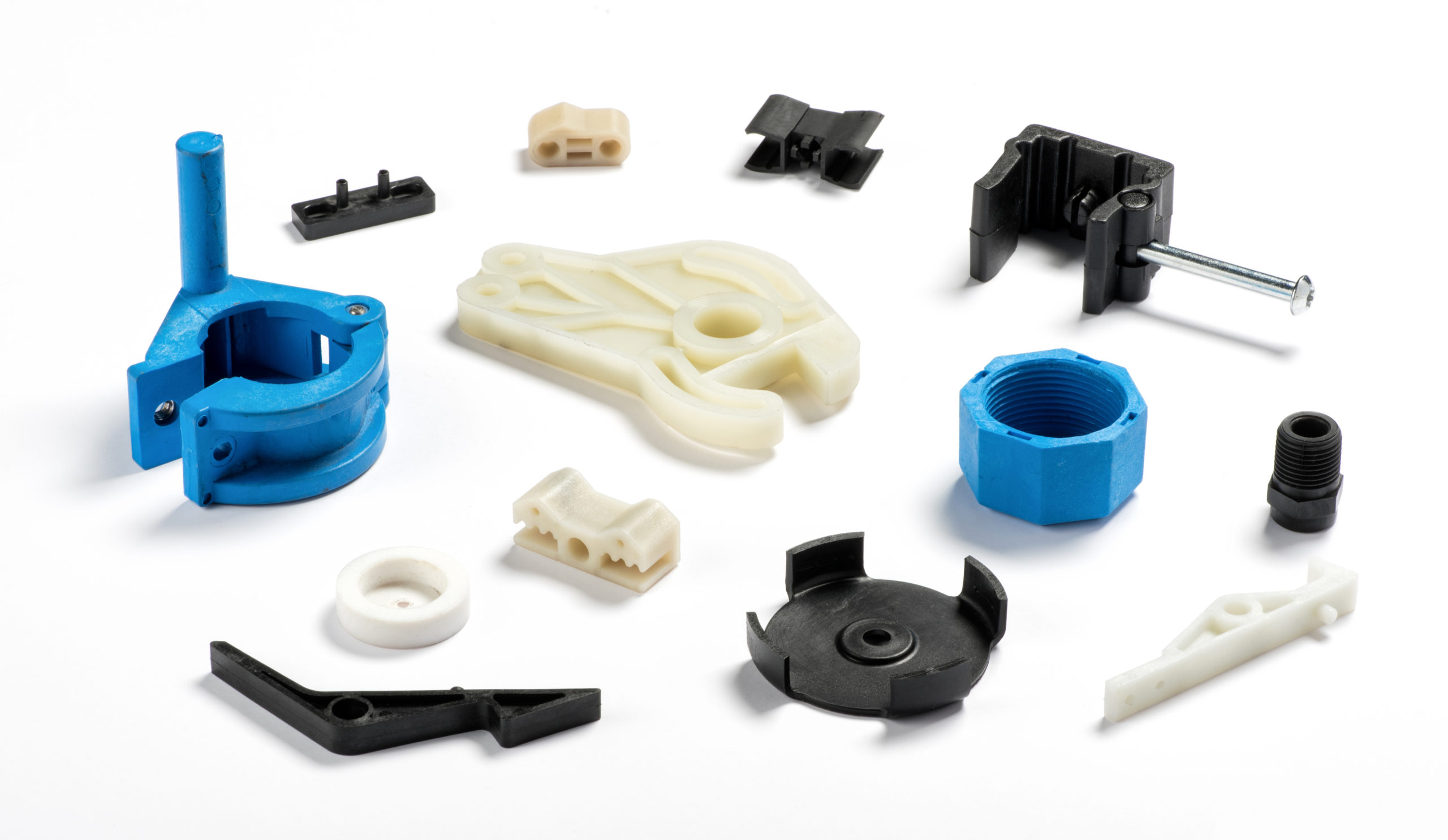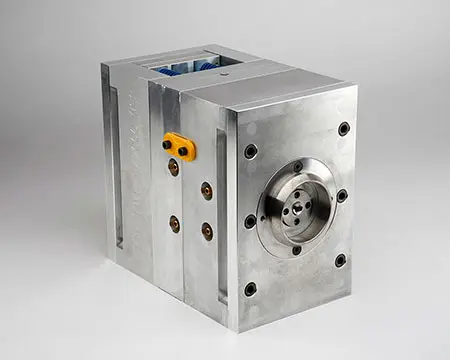Enhancing Item Advancement with Advanced Plastic Injection Molding Solutions
Enhancing Item Advancement with Advanced Plastic Injection Molding Solutions
Blog Article
Understanding the Essentials of Plastic Shot Molding Procedures
Plastic shot molding offers as a foundation of contemporary production, providing a methodical method to creating intricate components with precision. Exploring these important components can reveal how even small changes can lead to significant renovations in manufacturing end results, elevating questions about the potential for innovation in this established procedure.
What Is Plastic Injection Molding?
Plastic shot molding is an extensively utilized production process that changes thermoplastic and thermosetting products right into specific and complex forms. This technique is preferred for its ability to create high volumes of the same parts with phenomenal accuracy, making it a crucial technique in different sectors, consisting of vehicle, durable goods, and clinical gadgets.
The procedure includes thawing the picked plastic material and injecting it right into a mold and mildew under high pressure. The mold, designed to the specs of the wanted component, allows the liquified plastic to materialize as it cools and solidifies. As soon as the product has actually set, the mold is opened up, and the ended up component is expelled.
Plastic injection molding uses several advantages, including decreased waste, uniformity in production, and the capacity to incorporate intricate styles that might be challenging with various other making approaches. Additionally, it supports a wide variety of products, each supplying special homes that can be tailored for particular applications. As sectors remain to innovate, plastic injection molding continues to be at the leading edge, enabling the growth of advanced items that fulfill advancing customer demands.
The Injection Molding Process
The injection molding procedure is an advanced method that entails a number of vital stages to produce top quality plastic components. Initially, plastic pellets are fed into a warmed barrel where they are melted into a thick fluid. This molten plastic is then infused under high pressure right into a precision-engineered mold, which shapes the material into the wanted type.
As soon as the mold and mildew is filled up, the plastic is enabled to strengthen and cool, taking the form of the mold cavity. Air conditioning time is vital, as it influences the cycle time and the last residential or commercial properties of the molded component. After enough cooling, the mold and mildew opens, and the finished element is expelled using ejector pins.

Products Used in Injection Molding
Various materials can be utilized in the injection molding process, each offering distinct residential properties that cater to particular applications. One of the most generally utilized materials consist of thermoplastics, thermosetting plastics, and elastomers.

Thermosetting plastics, like epoxy and phenolic materials, see this undergo a chemical change during the healing process, resulting in an inflexible, inflexible framework. These materials are perfect for applications needing high warmth resistance and architectural stability, often made use of in vehicle components and electric insulators.
Elastomers, including silicone and rubber-based products, provide versatility and durability. Their distinct residential properties make them ideal for applications that demand elasticity, such as seals and gaskets.
Additionally, specialty products like bio-based plastics and compounds are getting grip for their environmental advantages and improved efficiency attributes, widening the range of injection molding applications in numerous markets. Recognizing the buildings of these products is vital for choosing the suitable type for specific jobs.
Advantages of Shot Molding
Shot molding attracts attention as a highly effective manufacturing procedure that offers many benefits for producing complicated get rid of accuracy. Among the most considerable advantages is the capability to create elaborate styles that would be tough or impossible to attain with various other methods (Plastic Injection Molding). The procedure enables for limited resistances and in-depth functions, making certain top quality parts
Additionally, injection molding is recognized you can try these out for its quick production capabilities, making it an ideal selection for high-volume manufacturing. Once the mold is produced, components can be generated rapidly, decreasing preparations and raising general performance. This effectiveness not only reduces production expenses however also provides an one-upmanship in the market.
The adaptability of products utilized in injection molding further improves its allure. A large range of thermoplastics and thermosetting polymers can be employed, allowing suppliers to pick materials that best fulfill their specific requirements, consisting of heat, strength, and adaptability resistance.
Furthermore, the process lessens waste, as excess product can frequently be recycled and recycled. This sustainability facet contributes to a reduced ecological influence, making shot molding a responsible manufacturing choice. Overall, the advantages of injection molding make it a favored method for lots of markets.
Aspects Impacting Product High Quality
While countless elements can affect product high quality in injection molding, recognizing these aspects is essential for accomplishing optimum outcomes. Trick aspects consist of material choice, processing specifications, and mold and mildew design.
Material choice plays a crucial duty, as different polymers show distinct properties that affect flowability, stamina, and thermal stability. Poor material choice can lead to issues such as bending or insufficient dental filling.
Handling criteria, including cycle, pressure, and temperature level time, should be carefully controlled. Variants in these settings can cause variances in component measurements and surface area finish. As an example, excessively heats may cause destruction of the polymer, while poor stress can cause brief shots.
Mold and mildew style is similarly important, as it establishes the you can check here flow of the molten plastic and the cooling process. Poorly made molds may result in unequal cooling rates, leading to dimensional errors and residual stress and anxieties.

Conclusion
To conclude, plastic shot molding functions as a critical manufacturing process that allows the effective manufacturing of high-grade elements. Proficiency of the injection molding procedure, including the understanding of materials and the impact of various factors on product high quality, is essential for accomplishing ideal results. The advantages of this technique, such as cost-effectiveness and layout adaptability, more emphasize its relevance across multiple industries, solidifying its standing as a preferred choice for high-volume manufacturing.
Plastic injection molding serves as a cornerstone of modern manufacturing, giving a methodical technique to creating complicated components with precision.Plastic shot molding uses a number of benefits, consisting of lowered waste, consistency in manufacturing, and the capacity to include intricate layouts that might be challenging with various other making approaches (Plastic Injection Molding). As industries continue to innovate, plastic shot molding stays at the center, enabling the development of innovative products that fulfill evolving customer demands
The injection molding process is an innovative strategy that entails a number of crucial phases to produce top quality plastic components.In conclusion, plastic shot molding serves as a critical production procedure that enables the efficient manufacturing of premium elements.
Report this page